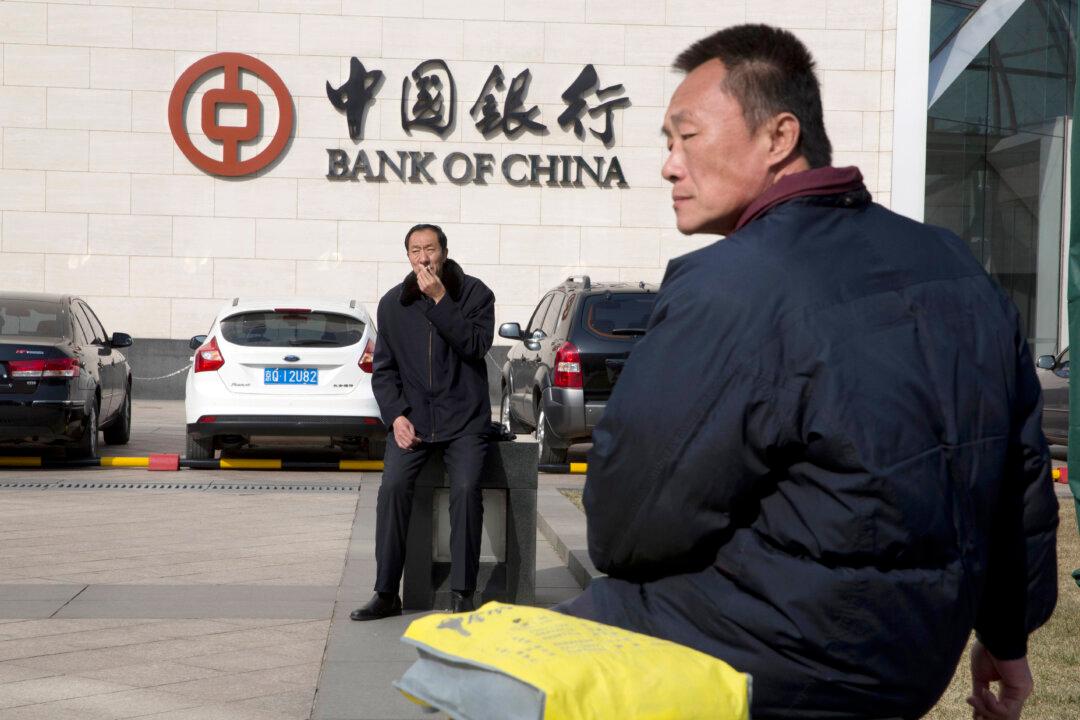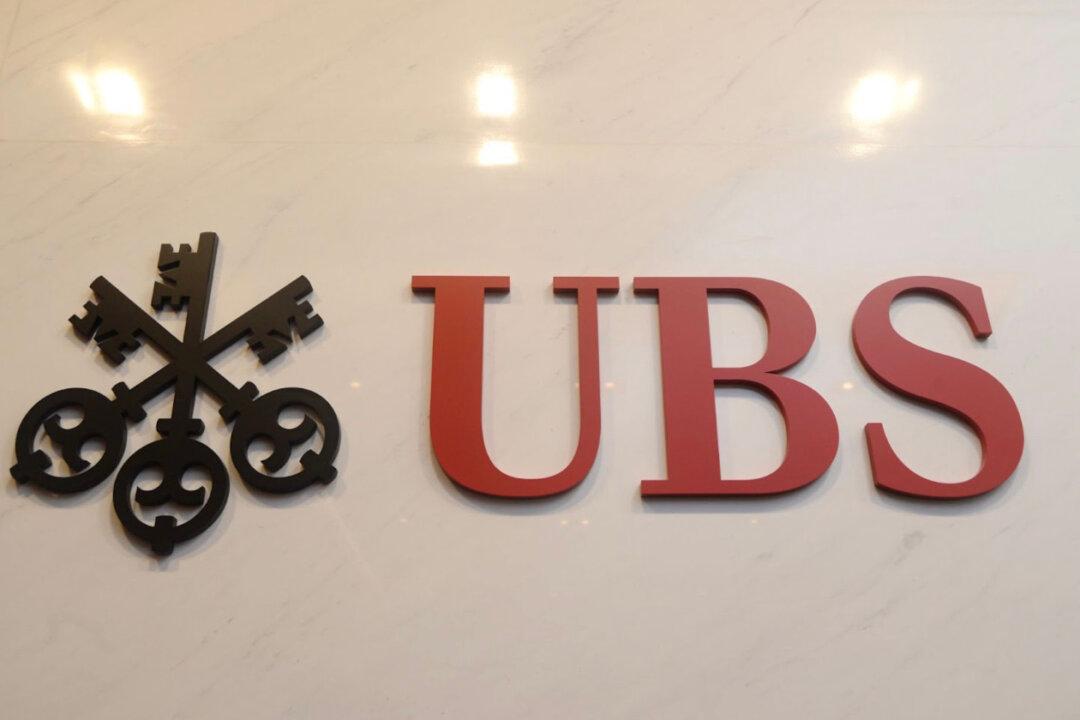As the U.S. Federal Reserve (the Fed) quickens its pace of tightening, the Chinese Communist Party (CCP) authorities unleashed a barrage of easing policies this month to stimulate China’s economy, with the two countries’ monetary policies apparently pointed in opposite directions. Some analysts believe that the early release of an easing policy by the People’s Bank of China (PBOC), the CCP’s central bank, is taking advantage of the window before the Fed raises rates. Otherwise, the RMB exchange rate will be under pressure, and the market will face the risk of capital outflow.
As market expectations rise, the interest rate gap between China and the United States also accelerates to a narrower margin. The RMB exchange rate and the Chinese market capital trends have become a focus.




